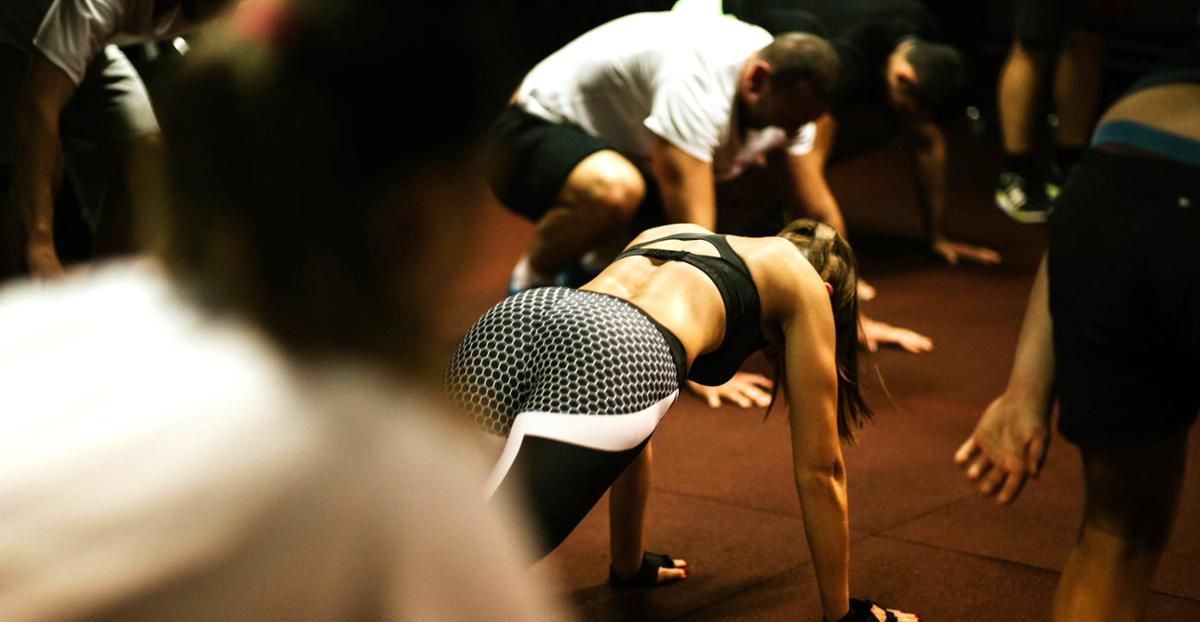According to a pilot study by Yale School of Medicine, exercise can not only slow down the neurodegeneration associated with Parkinson’s Disease, there is evidence it can also reverse the damage.
Parkinson’s is currently the most increasingly prevalent neurological disease and estimated to impact more than 12 million people worldwide by 2040. It currently has no cure – only medication to treat the symptoms – so this new study by Yale holds promise that exercise could help to mitigate the enormous personal and economic costs the disease presents.
Two previous clinical trials have shown that engaging in high-intensity exercise three times a week for six months is correlated with less severe motor symptoms. This new study, published in npj Parkinson’s Disease earlier this year, went one step further, using brain scans to find evidence of further health benefits.
Causes of Parkinson’s
Parkinson’s disease is caused by the misfolding of alpha synuclein protein, which accumulates within neurons and damages them. As the cells die off, the lack of dopamine creates the physical symptoms. The gradual progression, means that by the time patients are diagnosed they’ve usually lost more than half their dopamine-producing neurons.
The most common available medication replaces the dopamine, which alleviates symptoms but doesn’t prevent the ongoing neurodegeneration. Long-term use can also cause undesirable side effects, such as uncontrolled excessive movements.
HIIT has been shown to preserve the dopamine-producing neurons, which are the brain cells most vulnerable to destruction in patients with the disease.
Proof of concept
Yale’s proof-of-concept study involved 10 patients who had been diagnosed for less than four years and hadn’t lost all their dopamine-producing neurons.
They received MRI and PET scans to measure the amount of neuromelanin found in dopamine-producing neurons and the protein dopamine transporter (DAT) which helps the neurons maintain dopamine levels.
After six months of HIIT three times a week, the scans were repeated and the brain imaging showed a significant increase in both the neuromelanin and DAT signals. Researchers say this suggests HIIT not only slowed down the neurodegenerative process, but that it also helped the dopaminergic system grow healthier.
“Where we would have expected to see a decline in the DAT and neuromelanin signals, we saw an increase,” says Professor Bart de Laat, the study’s first author. “We had hoped to see that the neurodegeneration wouldn’t progress as quickly or that it would stop temporarily, but instead we saw an increase in nine out of 10 people. That was remarkable.”






















































